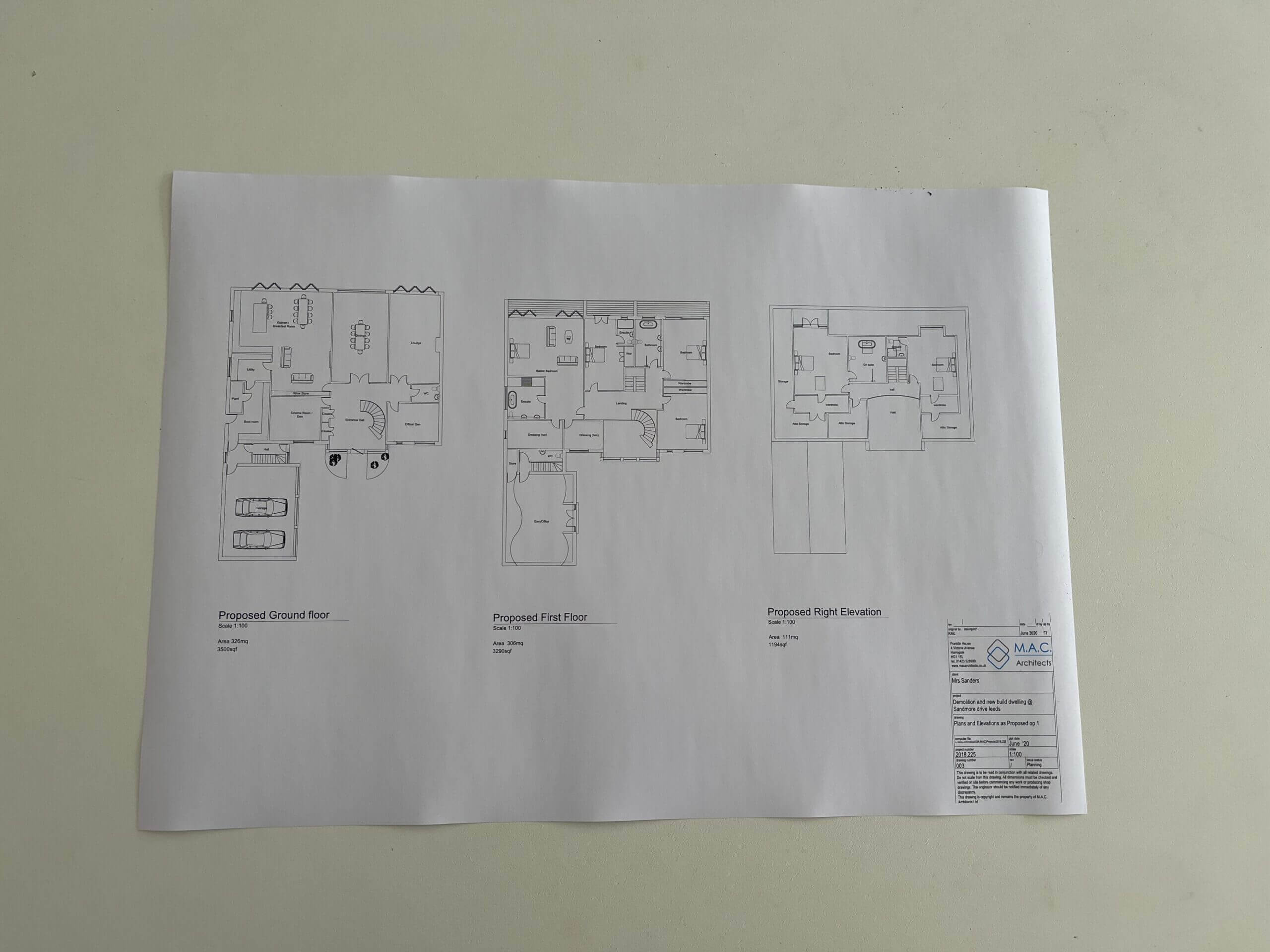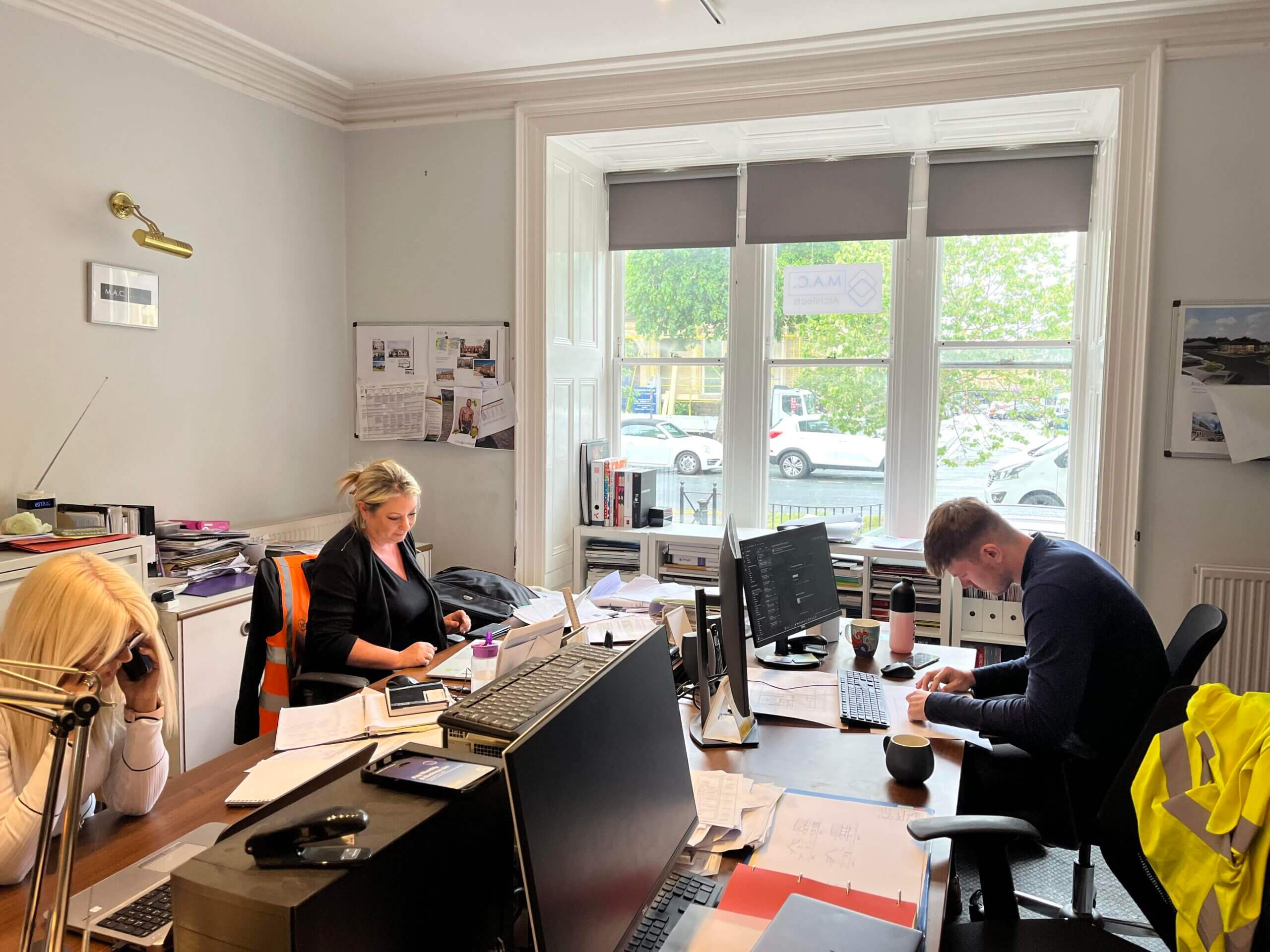Cashflow Leasing: The Secret Way to Cut Upfront Costs on High-Cashflow Deals
Cashflow Leasing: The Secret Way to Cut Upfront Costs on High-Cashflow Deals

Cashflow leasing introduces an innovative approach for property investors to reduce upfront costs on property purchases. This method is particularly relevant for investment strategies with strong cashflow, like houses in multiple occupation (HMO) or Serviced Accommodation (SA) properties.
In this article, I’ll explain cashflow leasing and how you can use it in your own business to save money on taxes, increase rental income and spread your capital across multiple property deals.
What is Cashflow Leasing?
Cashflow leasing works similarly to a conventional lease arrangement. Instead of an upfront lump sum, expenses are distributed across several months, typically spanning up to three years. However, the distinction lies in its application – rather than financing a car or a new watch, it serves as a funding mechanism for furniture acquisition.
Furniture comes with a substantial price tag; a single sofa alone can range from £1,500 to £2,000. When combined with dining tables, beds, wardrobes, and other household essentials, the investment required to get a property photoshoot ready can easily exceed £10,000.
These costs rise even further when furnishing high-end holiday homes or an HMO with a large number of rooms. For many investors, venturing into Rent2SA (R2SA) or Rent2HMO (R2HMO) scenarios, limited capital poses a challenge. This means that the idea of investing in furniture has the potential to break what initially seemed like a lucrative deal.
What Are the Benefits of Cashflow Leasing for Your Property Business?
It is no secret that both the HMO and SA strategies have become increasingly competitive. It seems that many more people are investing in this strategy every month, which makes it harder for established properties to stand out against the crowd and attract more guests or tenants.
One of the main ways to distinguish yourself, is to provide an experience rather than a property that looks like it’s been furnished on a budget. Higher-end furniture attracts higher-class tenants and guests. If you’re investing in HMOs, then a nicely refurbished room means you can demand more rent and lower your void periods. If the SA strategy is more your thing, then you can charge more for your property per night and long-term guests will be more attracted to staying with you.
But the problem with this is that it can be expensive. Nice furniture rarely comes cheap, unless it’s second-hand. Cashflow leasing allows you to buy the furniture your heart desires and split the cost over three years, meaning there is no upfront, blow to your bank balance and you can pay the finance off through the profits of your rental/nightly income.
An additional benefit to this strategy is that all payments are tax-deductible, offering further savings for your business.
Saving your capital also means that you can spread your money across multiple projects, rather than having one deal sap most of your savings.
Example Costs
Let’s say that you want to buy a brand-new sofa. You’re going high-end and the one you have your eye on costs £6,000. You’ve already paid a fortune in purchasing fees, renovation costs and bridging finance repayments. Spending another £6,000, that could instead be invested into another deal, just isn’t feasible.
If you were to lease this sofa, then the costs could look something like the below. However, it is worth noting that this price can vary and homeowners tend to get better rates than those who don’t own a property.
Value: £6,000 – Lease Value £5,000
Repayment Terms: 3 years
Monthly Premium: £201.02
Overall Cost: £7,236.90
Interest Paid: £2,236.90
Corporation Tax Relief: £1,375.01
Nett Cost of Finance: £861.89
Cost Per Year: £287.30
Supplier Gets Paid: £6,000 (£5000 + VAT)
Financing Refurbishments
As an added bonus that lies outside of furniture, you can lease materials for your refurbishments. This is another great way of lowering upfront costs and can also be used to protect large blows to your capital, if an unexpected problem arises when you commence work. The leased payments can then be paid off through your rental income or, can be paid off in one lump sum after sale or refinance.
Here to Help You Scale Your Portfolio, On a Budget
I hope that you have found this article useful and that it has opened your eyes to other finance options available to you, when you’re faced with the daunting cost of furniture. I hope that, by lowering the barrier to entry, more people can begin to invest in property and create beautiful places for people to live, work and raise families.
If you want to explore how cashflow leasing can help you to grow your property portfolio, without needing to invest tens of thousands of pounds in furniture, then get in touch using the information below.
Website: https://cashflowleasing.co.uk/other-partners/
Email: sales@cashflowleasing.co.uk












